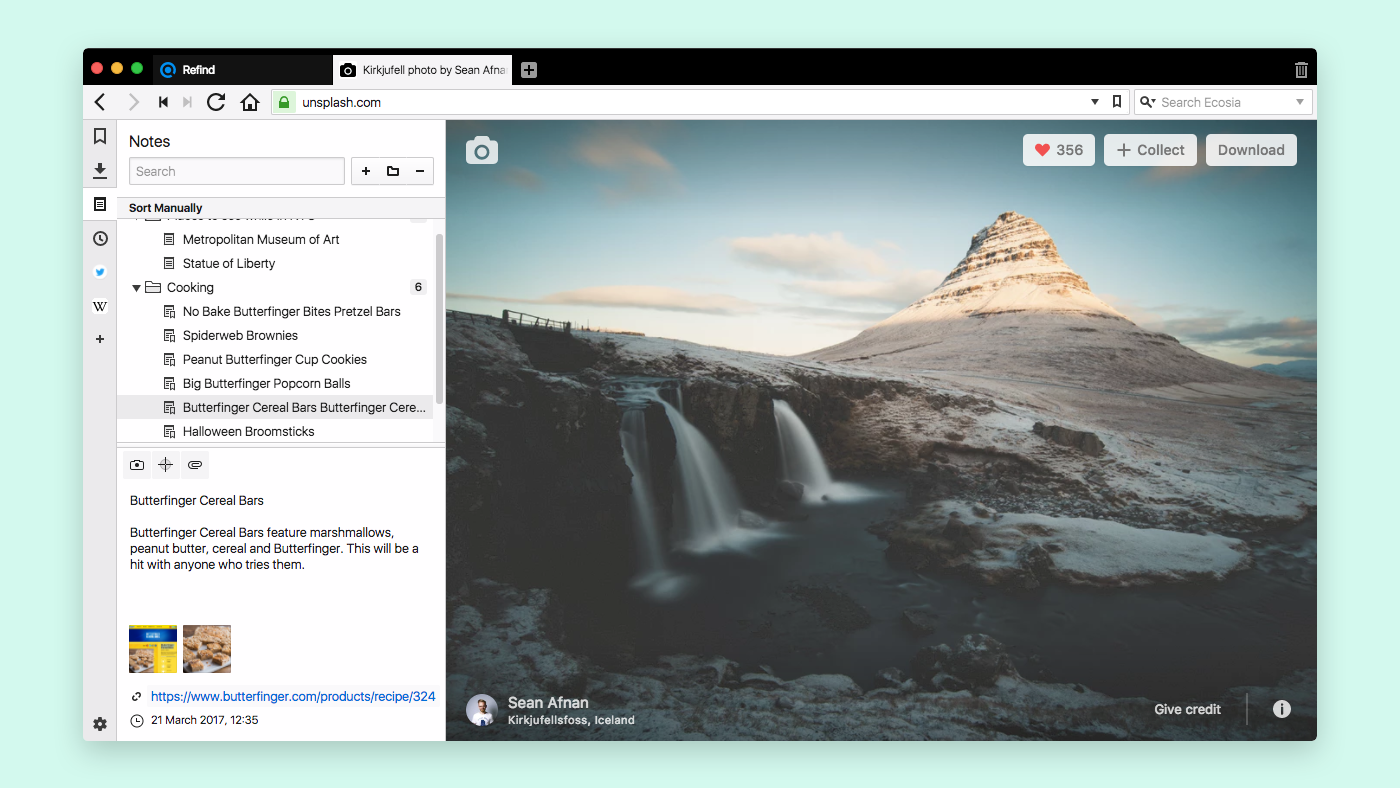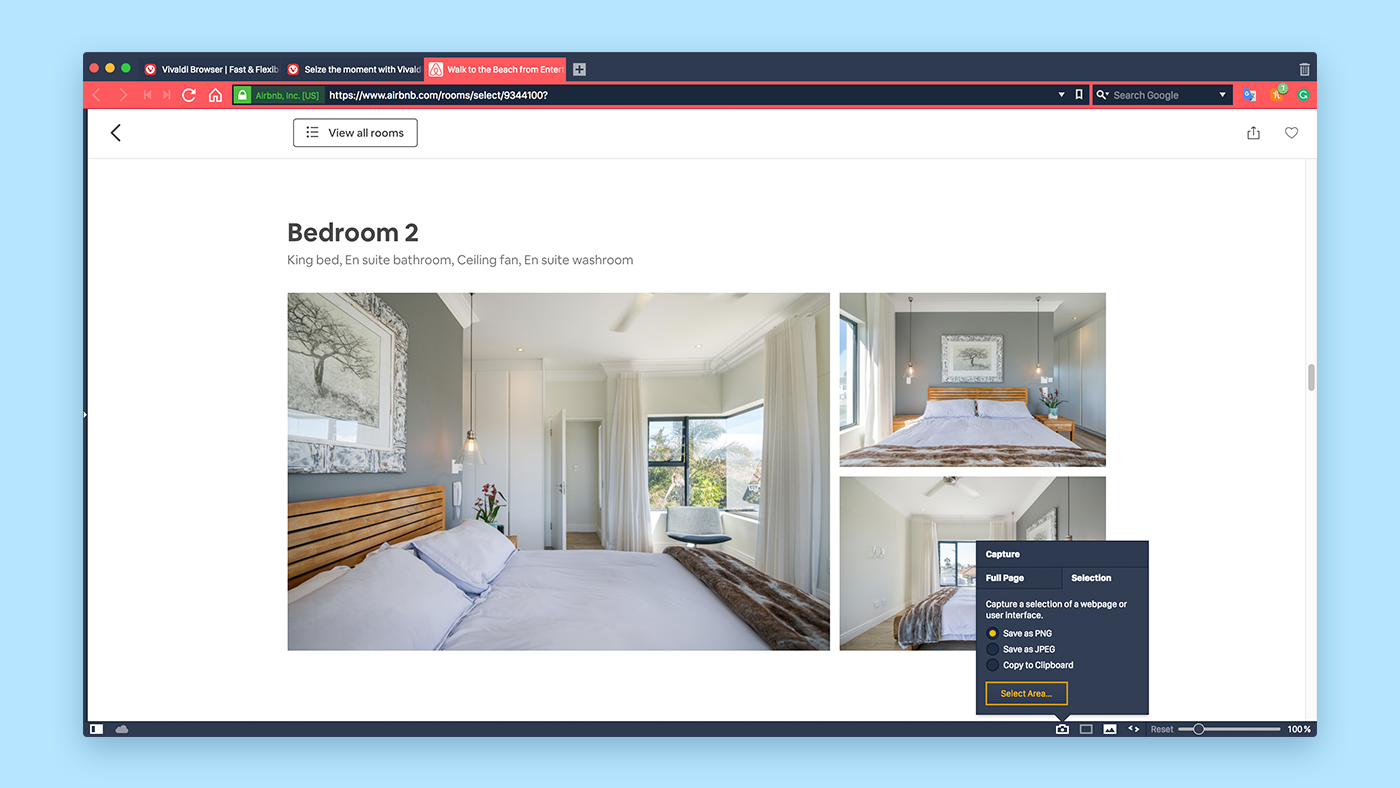
Vivaldi supports almost all extensions and our users can install extensions freely from the Chrome web store.
Having said that, our goal is to give you a browser that solves your problems without having to resort to add-ons. We want you to get the features that are most vital to you right out of the box.
Heavy use of extensions is very common, but as you install more and more – that you no doubt find useful – you start to feel the consequences of doing so.
Here are several reasons why a browser that doesn’t want you to worry about a pile of extensions is a dream browser.
Security
In everyday browsing, security is a major concern. Extensions run in the browser and it’s therefore essential that you pick carefully what you install. Some can turn out to be malicious but even the “well-intentioned” ones – and this happens often – could have bugs. A buggy extension could use its access to snoop on your browsing, possibly capturing your credit card details or passwords. So extensions could really crash the browser or compromise it from a security standpoint.
Performance
Heavy reliance on add-ons and extensions also compromises the performance of your browser. Often, extensions are power-hungry and sap memory resources. This slows down your browsing. Using a minimal collection of add-ons helps performance.
Uniformity
It’s certainly a tad annoying to install extensions each time you use a different machine. If you don’t use extensions and rely on built-in features, you have access to the same features on different machines. A lot simpler and consistent. Sync which is just around the corner, shhhh, will solve this. However, with built-in features syncing will not be required at all.
User Experience
As a rule of thumb, the user experience is much better with native features. They usually meet the high expectations of users. If you want your features to look good, act fast and function smoothly, native is the best choice. Even though web technologies evolve all the time, native features will always provide a better, consistent with the product, user experience.
Some built-in features in Vivaldi
We love browser extensions irrespective of the fact that they have a dual personality. But honestly, more than that we absolutely love a speedy browser.
So, if you cut down on your list of extensions by choosing the most important ones, you are bound to discover that you can browse faster.
Here are several ways to use ‘fewer’ extensions in Vivaldi.
Built-in Session/tab management
Vivaldi allows you to save your current open tabs as a named “session” and access them again later. This lets you open the set of tabs included in a session with one click whenever you need or when the browser starts.
Built-in Notes
Write Notes in Vivaldi’s sidebar while searching the Web, add screenshots of useful sites, or capture selected areas of text.

Built-in screenshot ability
Vivaldi’s built-in Capture tool lets you capture either a full page screenshot, or a selection of the screen that you define.

There’s much more built-in functionality in Vivaldi, and much more on the way. Our built-in email client is one highly anticipated feature.
So imagine if all your extensions are replaced by some kickass features already built into your browser? That’s what Vivaldi is here to do. You really won’t need to look around for third-party extensions when you’ll have it (almost) all in your browser.
Photo by Fabio Ballasina on Unsplash.


